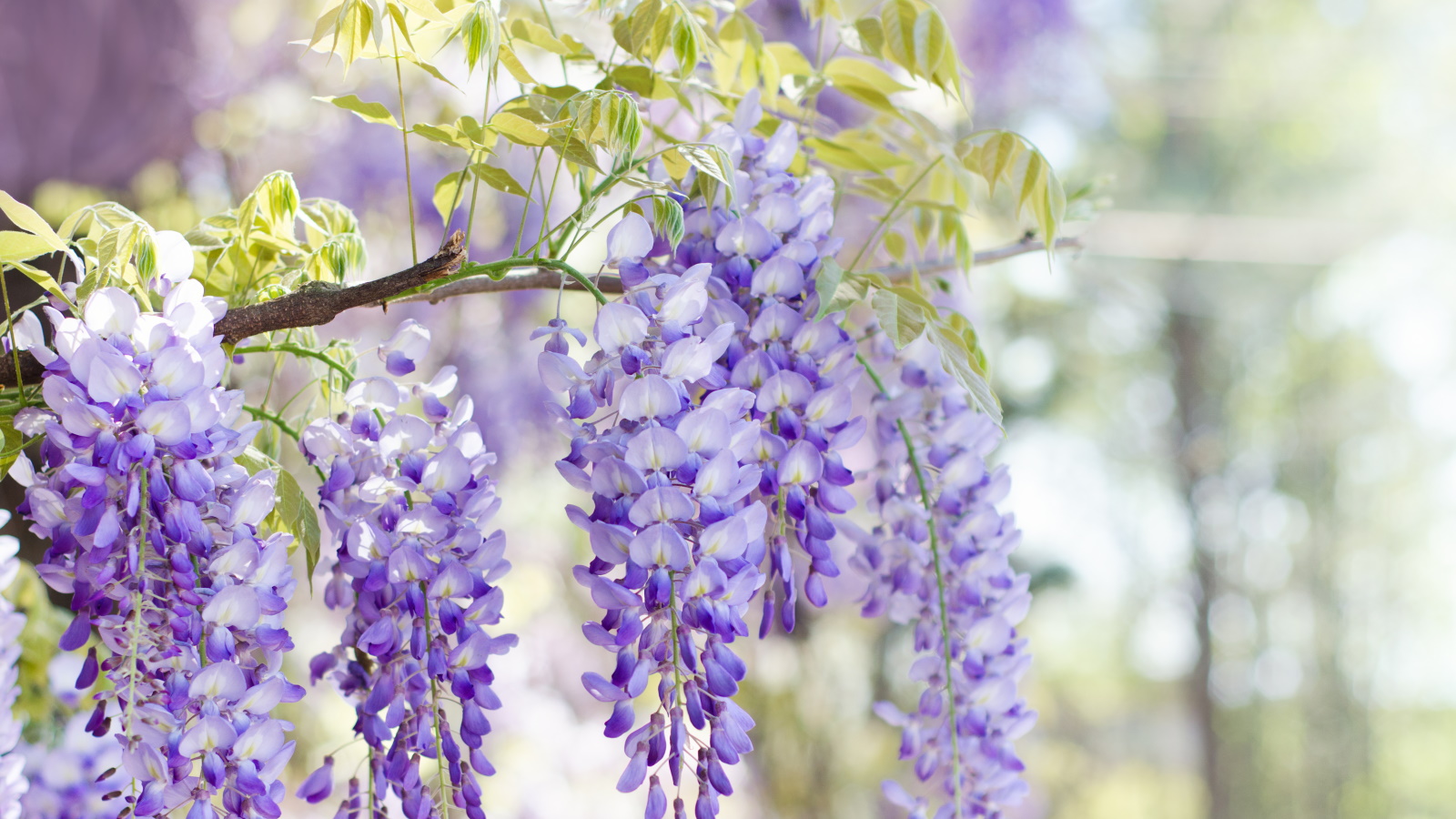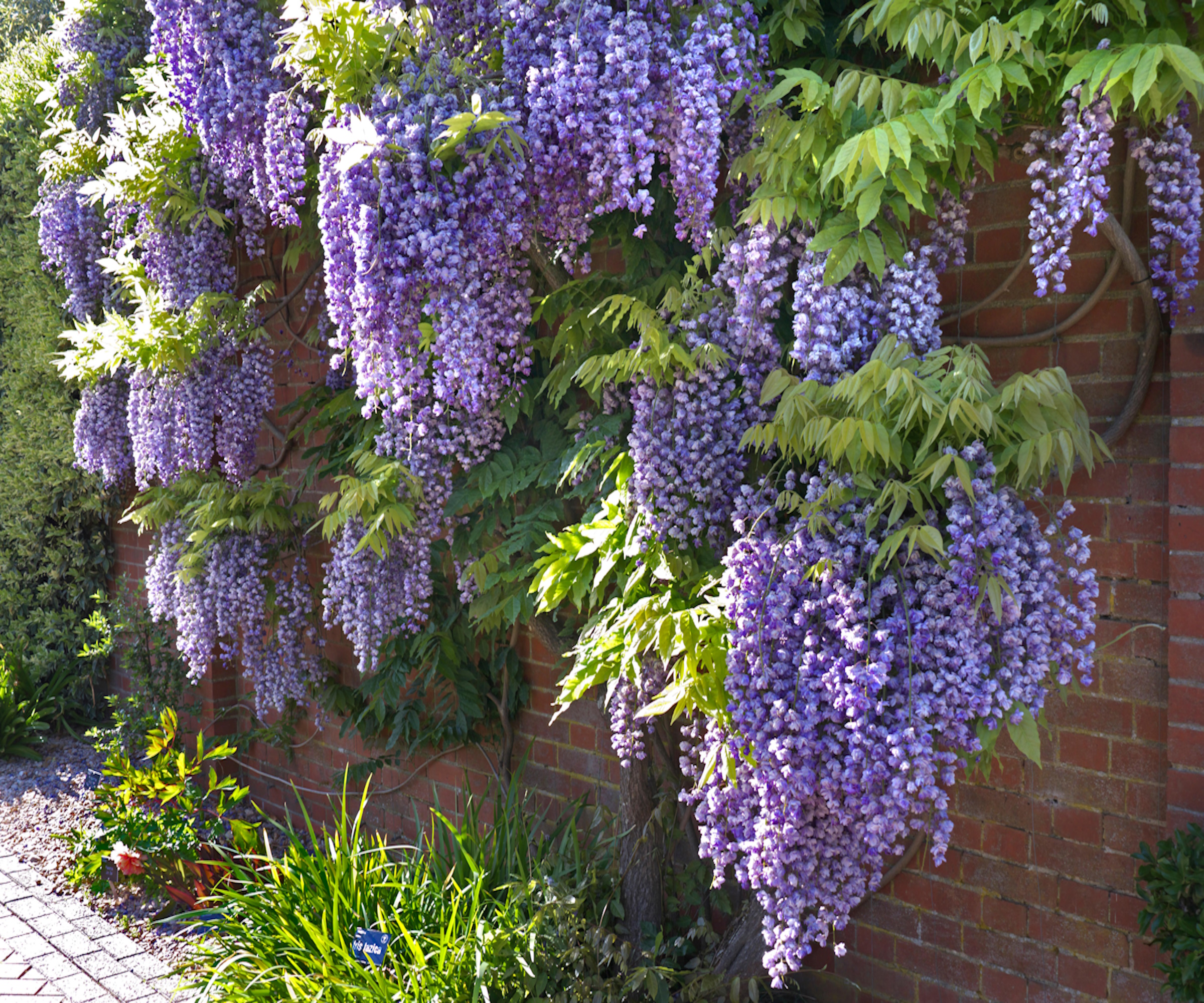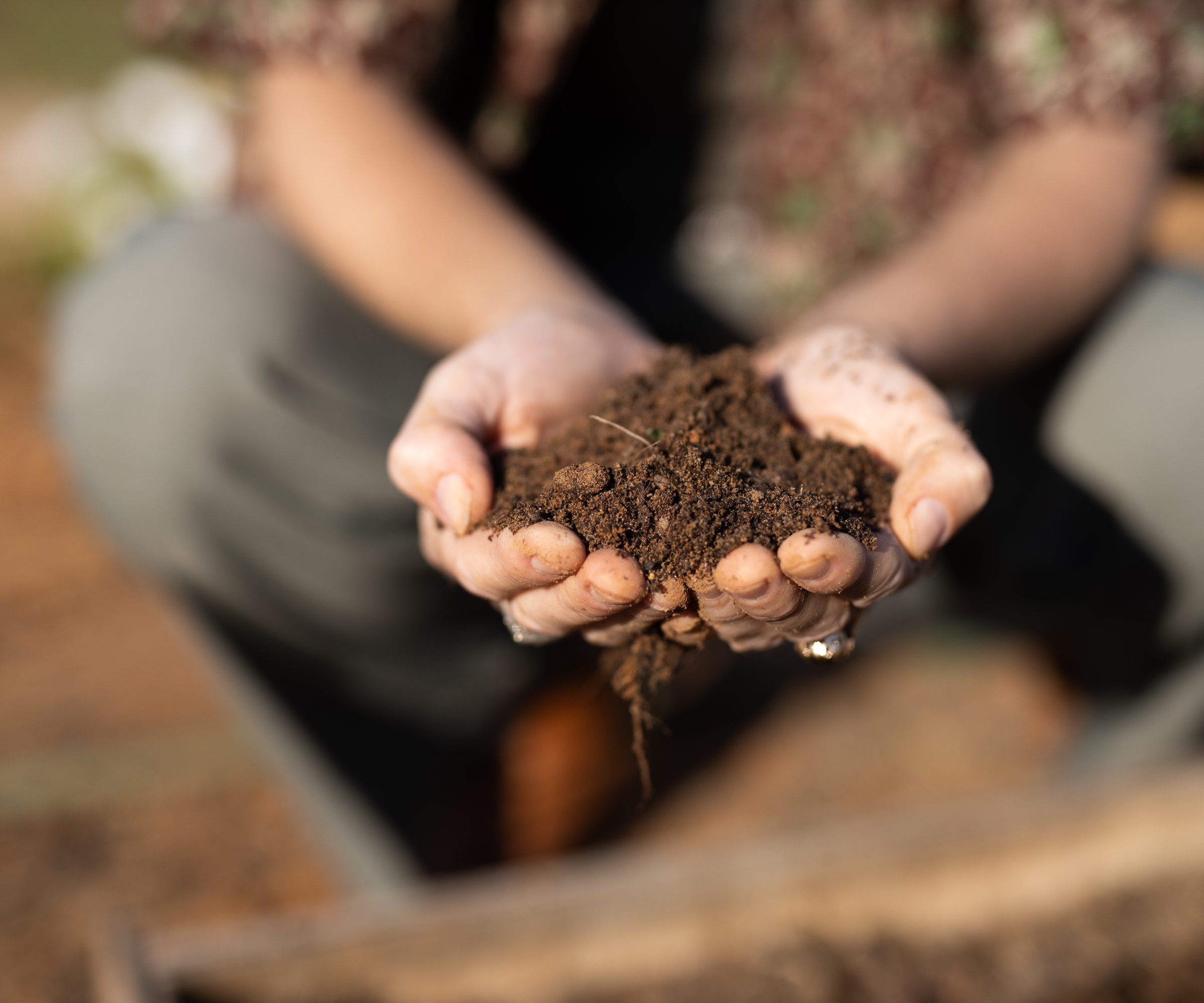
Famed for its fragrant blooms, wisteria is one of the most popular flowering climbers and it is easy to understand why. Whether grown across pergolas, arches or fences, wisteria adds impact to any space, notably producing a bounty of pendulous perfumed flowers in spring and summer. In the flowering climber Olympics, wisteria would be hard to beat, with full marks for vigor and verve.
Last summer, while working as a professional gardener in Tuscany, I maintained several white-flowering wisteria plants that adorned a long pergola walkway. This white-flowering variety -Wisteria floribunda 'Alba' - is particularly striking. As with any wisteria, the scent was both heady and intoxicating underneath the floral canopy. If you are seeking a floriferous and fragrant climber for your yard, this option won't disappoint.
When considering how to grow wisteria, these fragrant flowers are vigorous and resilient, often producing more than 10 feet of growth in one season. As a tough and self-reliant plant, it is not always necessary to apply fertilizer, and these plants can grow just fine without gardener interference. Here, one expert reveals when to reach for the fertilizer, and when to leave it in the garden shed.

Is it necessary to fertilize wisteria?
Wisteria climbers are notably vigorous and can be invasive if left unpruned. For example, the Chinese wisteria, Wisteria sinensis, is a prolific plant that can be grown in US hardiness zone 5 to zone 8. Without regular pruning, this species can cause problems. The native American wisteria, Wisteria frutescens, is less invasive and can be grown up to and including US hardiness zone 9. Whatever species you grow, knowing when - and when not - to fertilize wisteria plants is important.
When to fertilize wisteria

'While it seems natural to reach for the fertilizer during the growing season, it is sensible to consider first if it is absolutely necessary,' says plant expert Katie Sunderlage.
'Although it is really tempting to fertilize wisteria in the hope of more flowers, it's generally not needed,' Katie continues. 'Wisteria are tough and resilient plants, and can often find what they need in the soil themselves.'
As Katie says, many of us gardeners tend to think that feeding is just something that needs to be done during spring and summer, but this common fertilizing mistake can often do more harm than good.
'Wisteria plants are legumes, meaning they are part of the pea, or Fabaceae, family,' Katie adds. 'Legumes are nitrogen-fixing, so the roots of each plant can produce the nitrogen needed to survive and thrive.
'For this reason,' Katie continues, 'wisteria plants do not require additional nitrogen from fertilizers. If you do use a fertilizer high in nitrogen, you risk promoting additional foliage growth at the expense of flower production.'
While nitrogen is not needed by wisteria plants, other nutrients can be in short supply. Katie recommends using a soil test, available from Walmart, which will help you to understand the nutrient supply in your soil. If phosphorus levels are low, for example, flower production can be disappointing. There are ways to quickly eradicate this problem.
How to fertilize wisteria

If you want to encourage more blooms on your wisteria plant, it is best to use a bloom booster fertilizer. These products should be high in phosphorus, which is the nutrient conducive to flower development.
'When considering plant fertilizer numbers, you are looking for a fertilizer with the middle number of the formulation higher than the other two numbers,' Katie advises. 'Something like 10-20-10, for example.
'The best time to apply a bloom booster fertilizer is in spring when the foliage is starting to unfurl,' Katie adds. 'Slow-release fertilizers are a good option, as they can help feed your plants throughout the season.' Slow-release bloom boosters are available from Amazon.
Other options include water-soluble fertilizers that can be applied during the spring and summer months, such as this organic bloom booster fertilizer, available from Walmart.
'Always follow the instructions on any fertilizer,' Katie cautions, 'to avoid fertilizer burn and long-lasting damage to the plant. In addition, always apply these feeds at the base of your wisteria to avoid leaf burn and encourage the best nutrient absorption.'
This Miracle-Gro bloom booster fertilizer is high in phosphorus and will promote flower production for your cherished shrubs and perennials.
FAQs
My wisteria has yellow leaves - should I fertilize it?
If your plant has yellow foliage during the growing season, this can be a sign of nutrient deficiency. Any standard soil testing kit, available from Amazon, will be able to identify nutrient problems, so I recommend completing a test before applying any fertilizer. Problems can be easily resolved with soil treatments and conditioners. For example, if your soil is low in iron - which can cause the foliage to turn yellow - applying fresh compost and mulch will help.
Fertilizing plants when it is not necessary can often do more harm than good. If your wisteria plants are healthy and flowering well, I recommend keeping the fertilizer in the garden shed this year. For more plant care advice, see our guide on how to grow wisteria from cuttings, for patient gardeners who want to try propagating this fragrant climber.







